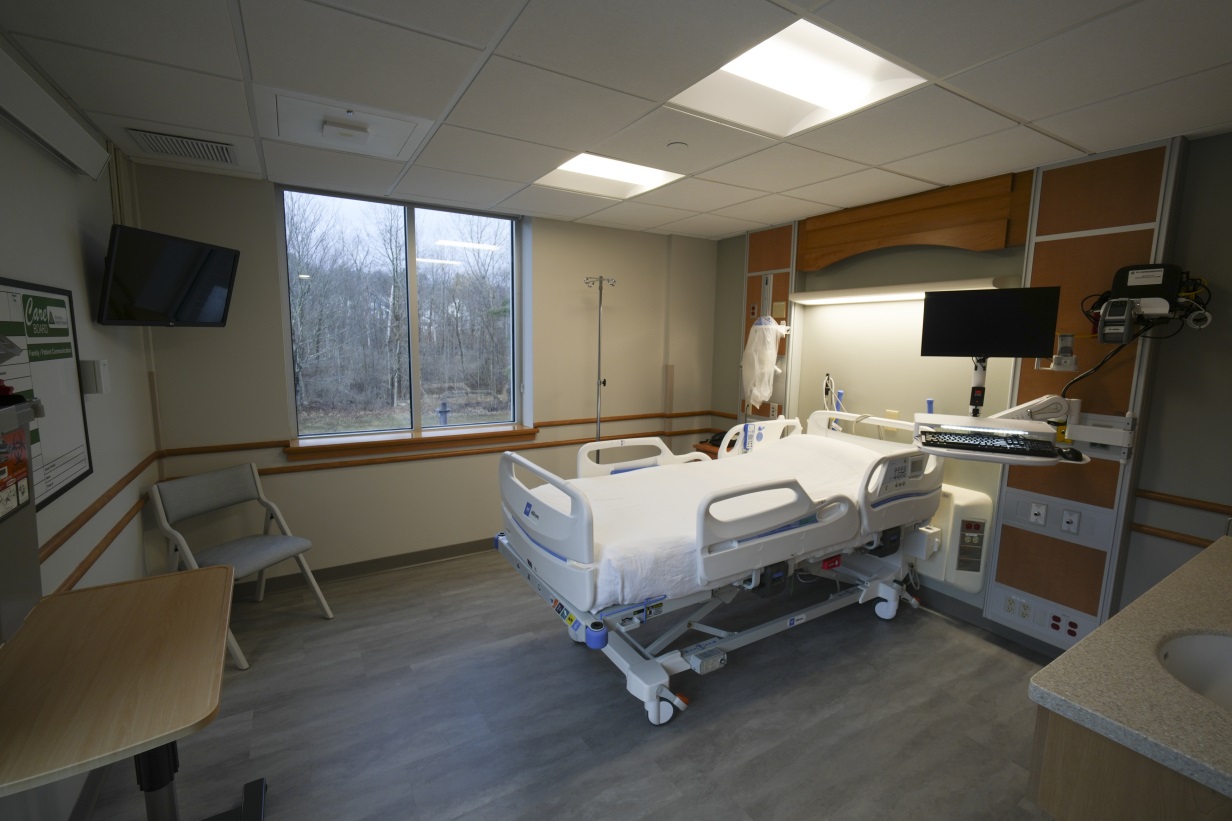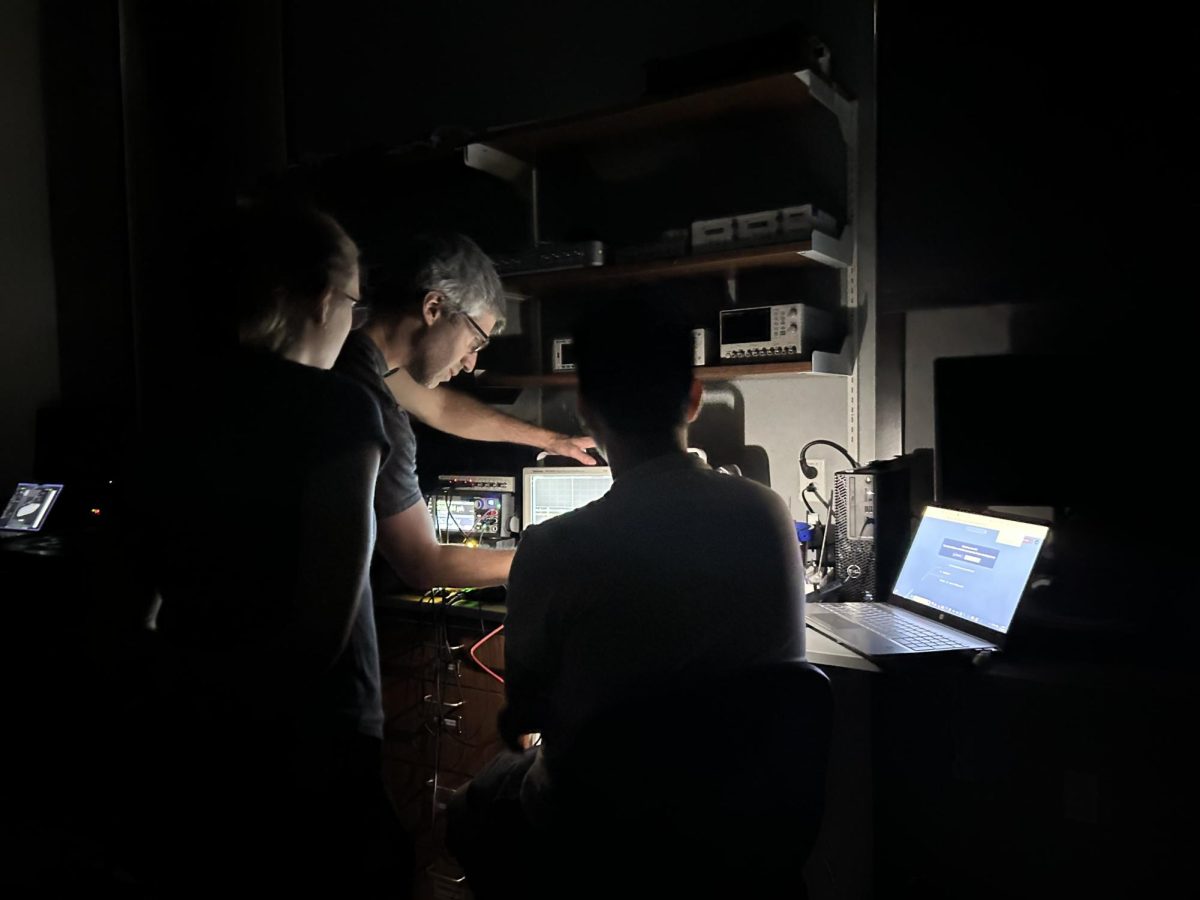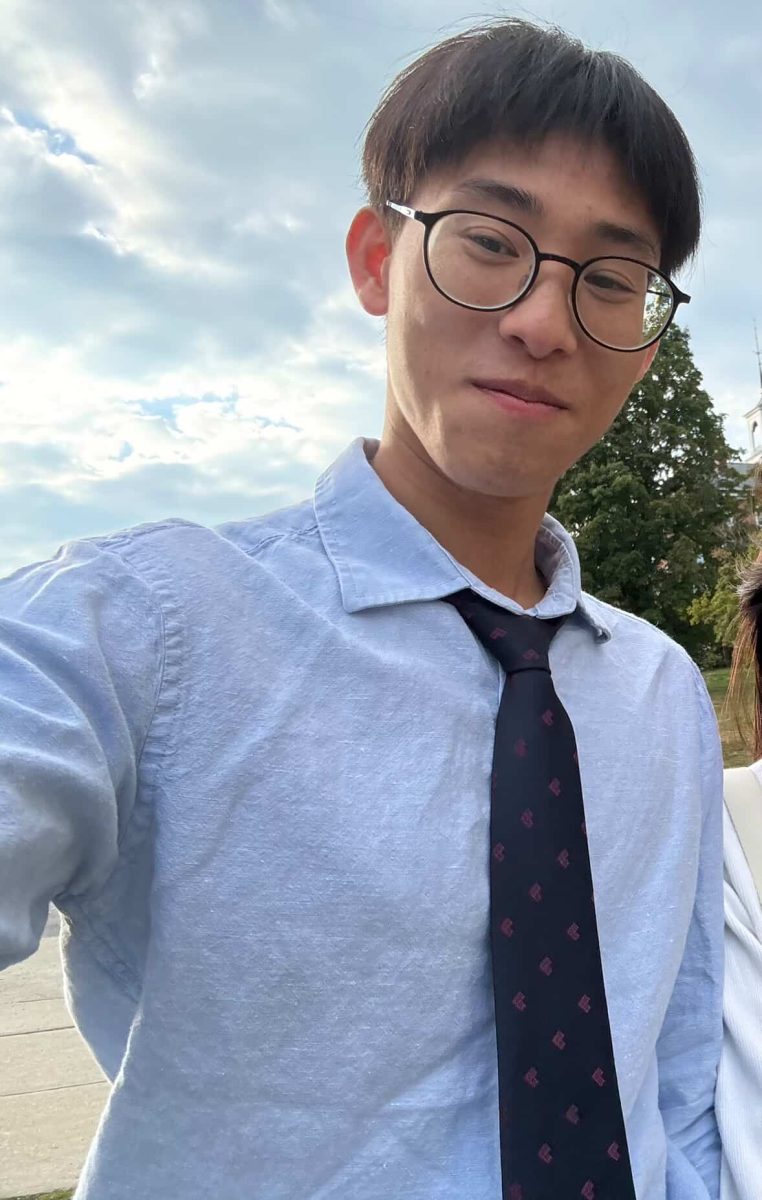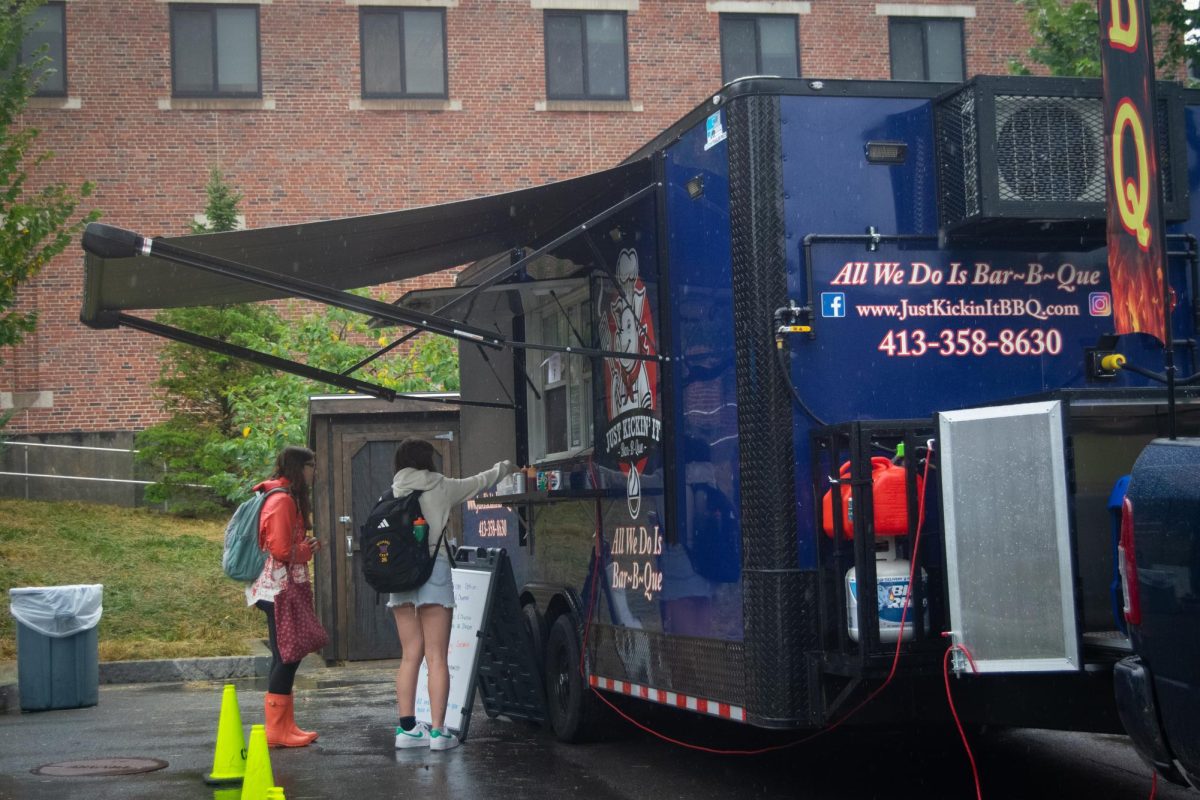
Students seeking medical care beyond the capacity of the College’s Thompson Health Center often travel to nearby providers. As of March 29, in addition to emergency room and outpatient services, the North Adams Regional Hospital (NARH) at the Berkshire Medical Center is offering in-patient care for the first time in 10 years.
In March 2014, the Northern Berkshires lost access to most of its healthcare services when the former NARH closed, Director of Media Relations at Berkshire Health Systems (BHS) Michael Leary said. NARH’s then-parent company, Northern Berkshire Healthcare, could not financially survive in a rural community where most patients are insured through Medicare and Medicaid, Dean of Faculty and Professor of Economics Lara Shore-Sheppard said.
This hospital closure followed a national trend of dwindling healthcare access in rural communities, according to Shore-Sheppard. “Levels of reimbursement that are typical for Medicare and Medicaid are generally lower than private insurance,” she said. “One of the factors that led to the closure of the hospital in the first place was that [it was] largely [funded by] Medicare and Medicaid.”
According to Lamontagne, the closure hurt students’ access to health care. “The closure of North Adams Hospital several years ago definitely changed how we refer out people, especially for emergencies,” she said, noting that students needing hospital care had to go to Southern Vermont or Pittsfield.
Senior Associate Dean for Administration, Finance, and Strategy Jeff Malanson, who oversees Student Medical Services and helps manage the College’s relationship with BHS, told the Record he does not expect NARH’s opening to prompt any dramatic changes in how Student Medical Services operates or students’ access to healthcare, noting that NARH opened its in-patient care with only four out of its 18 beds.
Though NARH is yet to operate at full capacity, Kristin Lamontagne ’01, a medical director at the Thompson Health Center and a primary care physician, hopes that NARH will make healthcare more convenient for students in the future.
“We are able to send students a lot closer, which I think is wonderful,” she said. “These beds at the hospital will be perfect for Williams students. They will be low-complexity admissions, and most of the time students will fall into that category.”
“NARH does offer an additional potential inpatient resource if needed,” Director of Health Services Keri Noel wrote in an email to the Record. “It is rarer for students to require this level of care. However, when needed, it will be nice to potentially have an additional option that is closer to campus.”
Months after the initial hospital closure, the state of Massachusetts asked BHS to step in and, at the very least, re-open emergency services, Leary said. BHS also reopened several outpatient services, including primary care offices, but in-patient services remained closed. The health center continued to send students to North Adams for emergency care but not advanced in-patient care, Lamontagne said.
The reopening of NARH began last year when the federal government loosened the geographic requirements for hospitals to receive “critical access” designation, which allows hospitals to receive higher levels of reimbursement from Medicare and Medicaid. With NARH considered far enough from other in-patient care facilities to receive critical access hospital status, BHS went through a lengthy bureaucratic process to reopen NARH.
Before NARH can receive full critical access hospital status, the Massachusetts Department of Health must conduct an on-site unannounced survey on behalf of the Centers for Medicare and Medicaid Services as a measure of quality assurance, though BHS hopes this step will be completed soon, Leary said.
“We are very happy that we are able to use the critical access hospital designation … [and] are very confident that that designation will serve the community well,” Leary said.
Lamontagne hopes that NARH will provide accessible care for some of the most common medical problems that students face. “Young, healthy students are usually admitted [to the hospital] for simpler problems, like maybe a skin infection or asthma exacerbation that just isn’t getting better,” she said. “Those are things that would be easily cared for in North Adams in their in-patient unit.”
The hospital’s opening will also increase healthcare accessibility for North Adams residents. “I have had patients who I try to admit [to the hospital], and they say it’s too far and they can’t get there,” Lamontagne said. “This [hospital opening] will allow them to get the care that they need.”
Although most local healthcare professionals are excited about the hospital’s opening, some are skeptical that NARH will be equipped to provide in-patient care. “When I’ve been working as an EMT, recently, the opening of the hospital in North Adams has been received pretty negatively,” Eve Hammerman ’26 said. “The sentiment, as I understand, is that the [in-patient care] is going to be too much for them.”
The presence of another in-patient unit may also complicate emergency medical transportation. Patients who would normally be taken to Pittsfield for in-patient services will now more often be taken directly to North Adams, but because NARH does not have the same capacity as Berkshire Medical Center in Pittsfield, some of these patients will need to be transported south, Hammerman said.
“It’s a lot more difficult to bring everyone [to North Adams] and then still have a lot of people who need to go south,” she said.
Despite NARH’s potential limitations, healthcare professionals see the opening as a win for healthcare access at a time when hospital closures are more common than openings in rural communities. “The community is excited — both the medical community and the patient community,” Lamontagne said.








